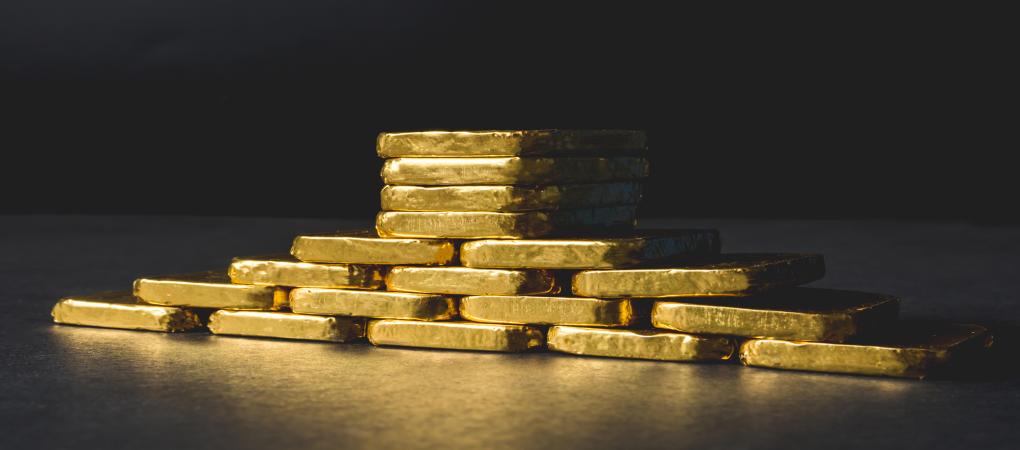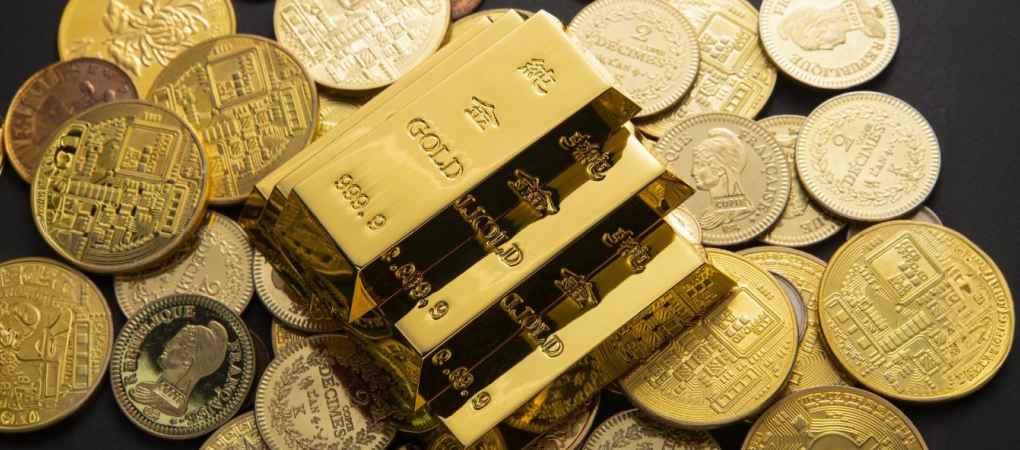
Gold Through the Ages: A 5,000-Year Investment Story with Stats & Surprises
At 24k X Gold, we believe gold isn’t just a shiny metal—it’s the financial backbone of civilization. Across 5,000 years of history, gold has transcended cultures, collapsed empires, and survived every kind of economic storm. In this post, we take a deep dive into the enduring role of gold as an investment, packed with historical insights, market stats, and why gold still matters today.
1. Ancient World (ca. 3000 BCE – 500 CE): Divine Value and Early Currency
Long before crypto and fiat currencies, ancient civilizations recognized gold’s unmatched properties—scarcity, malleability, and brilliance.
-
Egypt (ca. 3000 BCE): Gold was considered the “flesh of the gods.” Pharaohs were buried with elaborate gold artifacts and jewelry to signify their divine connection.
-
Lydia (ca. 600 BCE): The Lydians, in present-day Turkey, minted the first standardized gold coins, launching the idea of gold-backed currency.
-
Roman Empire (1st–3rd century CE): Coins like the aureus and solidus became the standard for trade. As Rome declined, they debased these coins—an early lesson in inflation and trust in monetary systems.
Takeaway: Gold began as a spiritual symbol but quickly evolved into the backbone of economies and empires.
2. Middle Ages to Enlightenment (500–1800): Goldsmiths & the Rise of Banking
After the fall of Rome, Europe’s economy entered a gold-scarce era. But innovation in finance took root.
-
Gold became so valuable and rare that it was hoarded, used in dowries, or hidden in castles.
-
Italian city-states like Venice and Florence led the financial charge. Goldsmiths safeguarded gold deposits and began issuing paper receipts—early banknotes.
-
Coins like the Florin (1252) and Ducat became the world’s first trusted, transcontinental currencies due to their consistent gold content.
Fun Fact: These coins were accepted in international trade long before the concept of global banking.

3. Gold Standard Era (1800–1971): Pegged Value and Economic Stability
The modern era of gold-backed money began with central banks and official price pegs.
-
1791: The U.S. fixed the price of gold at $19.39/oz.
-
1900: America adopted the gold standard officially at $20.67/oz, stabilizing trade and currency.
-
1934: President Roosevelt revalued gold to $35/oz to combat the Great Depression.
-
1971: President Nixon ended the dollar’s convertibility to gold—effectively closing the "gold window."
Chart Insight: From 1791 to 1971, the price of gold barely moved—thanks to legal constraints. But once freed, gold surged.
4. Free Market Gold (1971–Present): Real-Time Price Discovery
Once gold began trading freely, it responded dynamically to global economic, political, and monetary shifts.
Key Moments:
-
1980: Gold hit ~$594/oz amid high inflation, the Iran hostage crisis, and global instability.
-
2000: It dropped to ~$279/oz during the tech boom, strong dollar, and low inflation.
-
2011: Soared to ~$1570/oz following the 2008 financial collapse.
-
2020–2024: The pandemic, inflation, and geopolitical tensions pushed gold beyond $2,300/oz.
Modern Trend: Gold has become a “fear hedge”—when markets tremble, gold shines.
5. Why Gold Still Matters in 2024
Gold isn't just an ancient relic—it's a financial survivor. Even today, it plays a pivotal role in the global economy.
-
Central banks worldwide hold over 35,000 metric tons of gold—roughly 20% of all above-ground gold—as part of their reserves.
-
Gold ETFs and digital gold platforms (like 24k X Gold) make it easier than ever to own real gold.
-
Inflation hedge: Gold has averaged ~8% annual return since 2000—beating savings accounts, cash, and many bonds.
At 24k X Gold, we go one step further: No premiums, no storage fees, and physical redemption options whenever you choose.
TL;DR: Gold by the Numbers
| Era | Avg. Gold Price | Key Event |
|---|---|---|
| 1791–1900 | ~$20/oz | U.S. gold standard pegged price |
| 1934 | $35/oz | Revaluation under FDR |
| 1980 | $594/oz | Inflation peak, geopolitical crisis |
| 2000 | $279/oz | Tech boom, strong dollar |
| 2024 | $2,300+/oz | Inflation, global uncertainty |

Final Word: Stack Gold with Perspective
Over 5,000 years, gold has served as a store of value, a hedge against inflation, and a shield against uncertainty. While the world’s currencies rise and fall, gold remains.
At 24k X Gold, we help you own and store gold the way it was meant to be—real, physical, and transparent. No premiums. No storage fees. Just gold.
Start stacking today.





